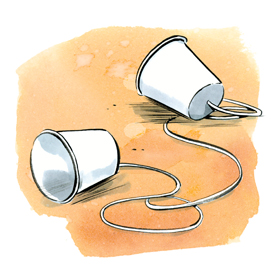One More Time!
Monday, October 31st, 2011It’s a halloween blogging extravaganza! Yup, two posts one day, setting precedents and taking names is what were all about in this blog. And today were taking Robert Hall’s name off the list of classmate’s blogs and talking about his post on the importance of brevity in modern marketing. Rob argues that because the advertising industry is over saturated as it is consumers have grown accustomed to tuning out an advertisement literally within seconds of becoming aware of it. Rob advocates not for increased grandeur or pizzaz in advertisements but rather making those first few seconds where your audience is actually paying attention as dramatic and attention-grabbing as possible.
I have to totally agree with Rob on this one from both a personal standpoint and on principle. I know from first hand experience that I will not care the second an ad starts. Its a preconditioned in me. That said it’s this preconditioning that creates a crucial opening for markets. Expectations are zero, if your ad opens with a car-crash all of a sudden the passive, half-perceptive viewer is now captivated and dare I say could even be interested in what is said/happens next. It doesn’t even have to be as dramatic as that though, point in cases the 2009 Miller Superbowl ads, here’s a compilation of all of them.

Also remember how expensive superbowl advertising is? Why not cut that $15 million spot into 30 separate pieces?

